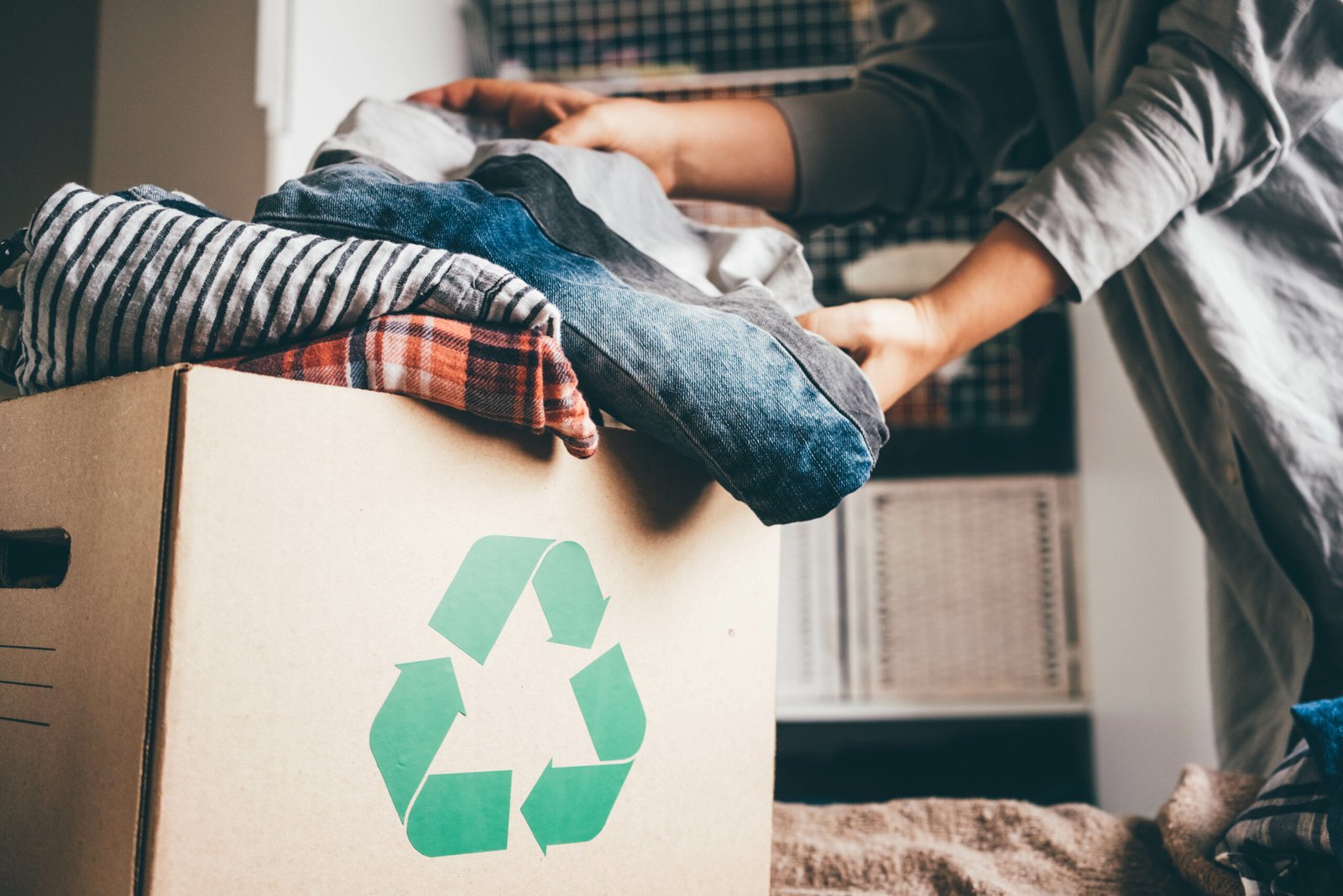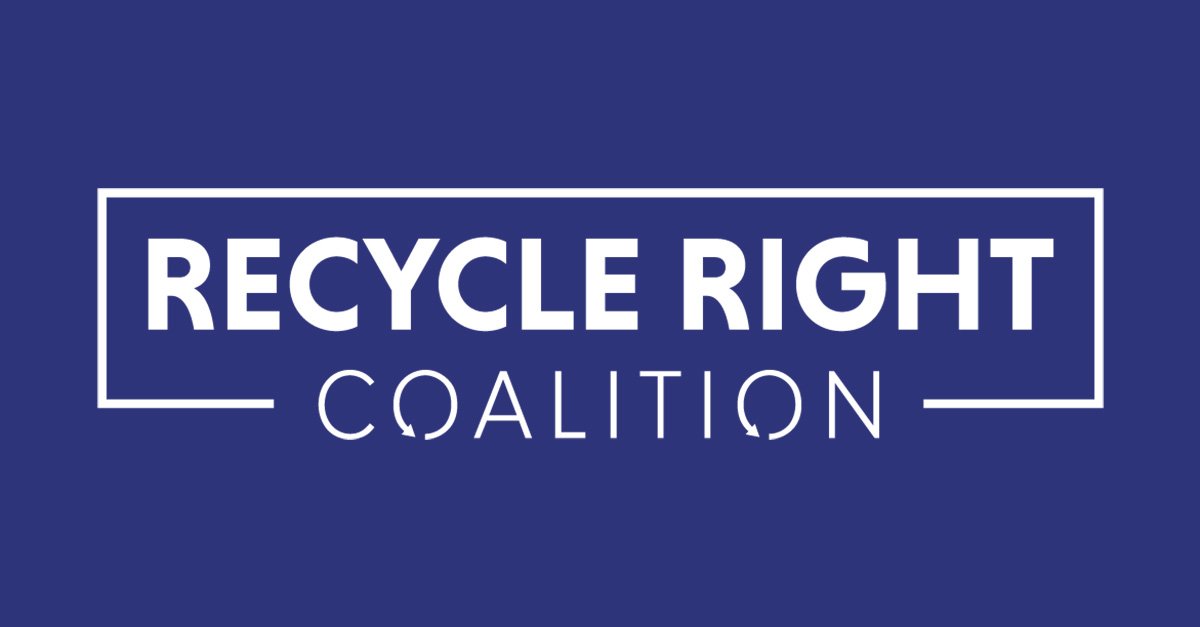In a world increasingly driven by consumer choices and subscription-based services, imagine signing up for a service that only delivers results 21% of the time. It sounds absurd, right? Well, welcome to the reality of residential recycling in the United States.
Recent findings from a comprehensive report by The Recycling Partnership reveal a disheartening truth about the effectiveness of recycling services at the household level. With a national recycling rate hovering around 21%, the success of the entire process—from collection to processing and transformation into new products—is alarmingly low.
Imagine subscribing to a streaming service that only worked 21% of the time. Picture paying for a gym membership where the equipment functioned properly less than a quarter of your visits. In the realm of consumer expectations, such scenarios are unacceptable. Yet, when it comes to recycling, we find ourselves in a situation where households are essentially subscribing to a service that falls short more often than not.
The first hurdle is the availability of recycling services, and the numbers are not reassuring. While 85% of single-family homes have access to recycling, the rate drops to a mere 37% for multifamily homes. This discrepancy alone is reminiscent of paying for a service that caters to only a fraction of its intended audience.
Furthermore, the variation in accepted materials across the country adds another layer of inconsistency. From Hawaii, accepting only about 50% of possible materials, to the District of Columbia, which embraces nearly 100%, it’s akin to subscribing to a magazine that arrives with missing pages depending on your location.
But access alone is not enough. Even when households have the opportunity to recycle, only 59% actually make use of it. Imagine subscribing to a service that you’re hesitant to utilize, questioning its efficacy and wondering if your efforts truly make a difference.
The recycling rates also vary significantly based on the material, with cardboard boasting a relatively higher 32% recycling rate, while only a measly 1% of 1.5 million tons of rigid plastics find their way into a new life.
In a world where consumers demand value for their money and expect services to meet or exceed their expectations, the current state of residential recycling falls short. It’s time to reevaluate our approach, demand better, and explore solutions that can truly make recycling a service worth subscribing to—one that works far more than just 21% of the time.





